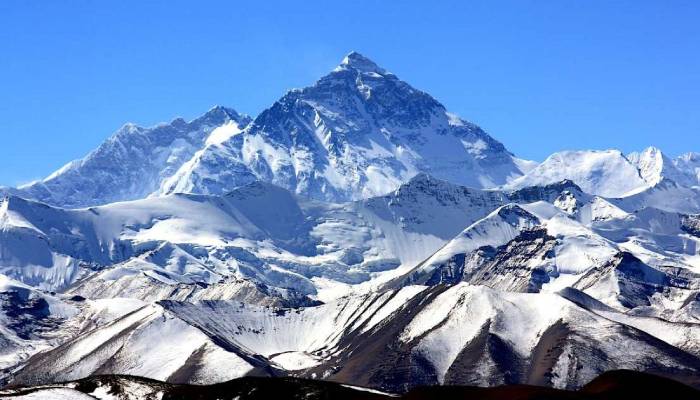
The recent discovery of two hidden mountains on Earth that are over 100 times taller than Mount Everest has stunned and confused scientists at the same time!
As per Daily Mail, these huge rock formations, which are as large as entire continents, reach heights of about 620 miles (1,000 km).
Scientists from Utrecht University have found that these enormous peaks, which are incredibly large are not located on Earth’s surface.
Instead, they are hidden deep underground, about 1,200 miles (2,000km) beneath the Earth’s surface.
As per the researchers, these mountains are at least 500 million years old but they might date back to when Earth was first formed.
The two massive structures are situated at the boundary between the Earth’s core and the mantle, which lies just beneath the Earth’s crust.
These structures are positioned beneath the regions of Africa and the Pacific Ocean.
Around the massive rock formations is a graveyard of tectonic plates that have sunk beneath the Earth’s surface through a process known as subduction.
In a recent study, researchers discovered that these islands are significantly hotter than the surrounding crust.
This discovery is made possible by how seismic waves, created by earthquakes travel through the planet.
When a powerful earthquake occurs, it causes vibrations that travel across the Earth.
Over the years, research has found two huge regions in the Earth’s mantle where seismic shockwaves slow down noticeably.
These areas are called the Large Low Seismic Velocity Provinces (LLSVPs).
Lead researcher Dr Arwen Deuss said, “The waves slow down because the LLSVPs are hot, just like you can't run as fast in hot weather as you can when it's colder.”
Meanwhile, Co-author Dr Sujania Talavera-Soza said, “Just like when the weather is hot outside and you go for a run, you don’t only slow down but you also get more tired than when it is cold outside.”
“Against our expectations, we found little damping in the LLSVPs, which made the tones sound very loud there. But we did find a lot of damping in the cold slab graveyard, where the tones sounded very soft," she added.
The mountains are likely made of much larger particles or grains than the surrounding layers.
Because of this, the larger grains would not absorb as much energy from the passing seismic waves, which is why the waves are slowed down less when passing through these mountain-like structures.












